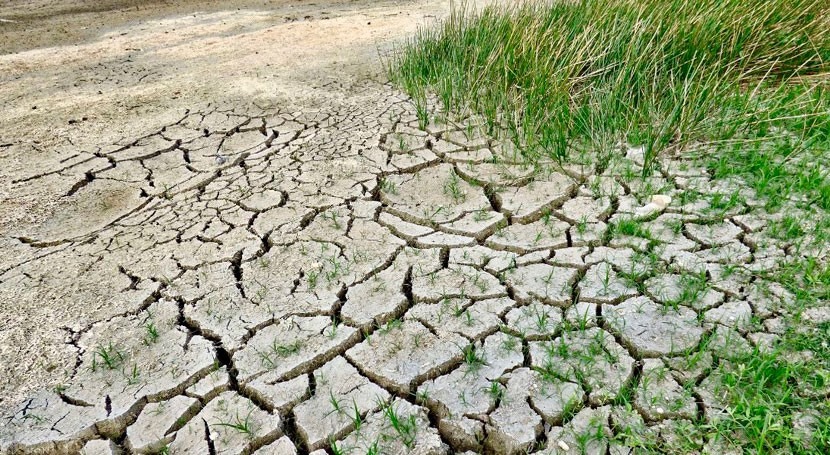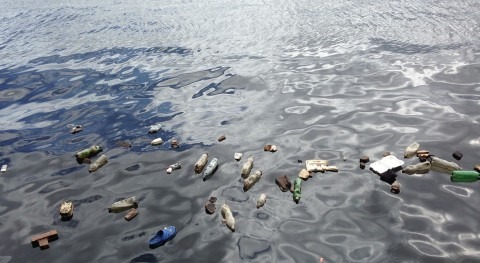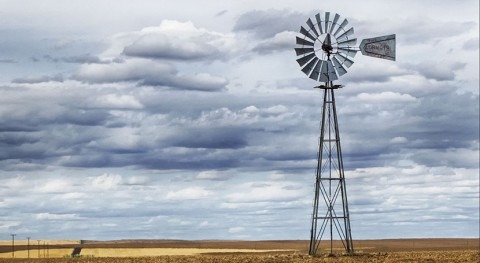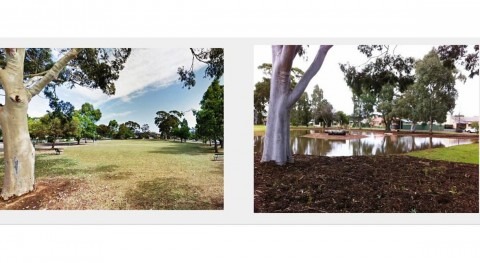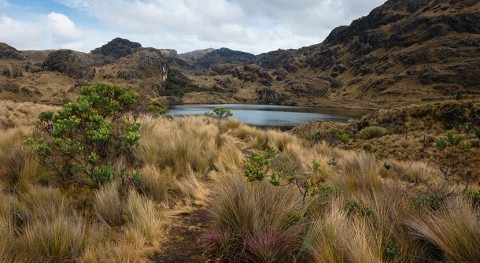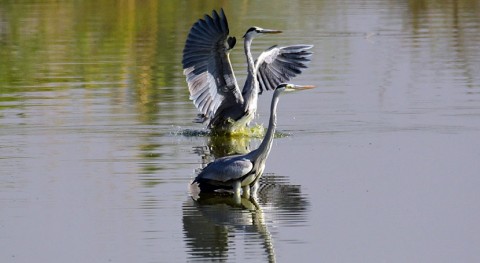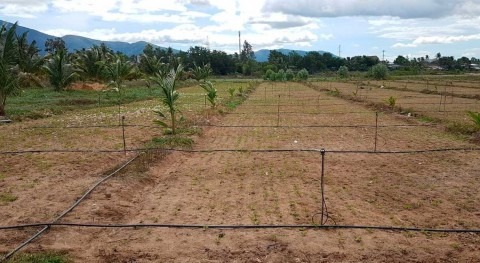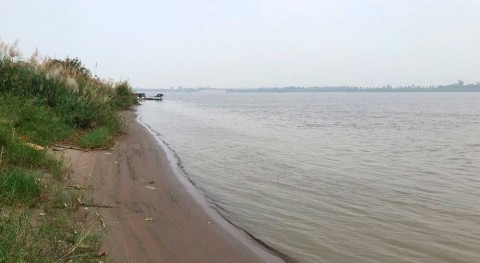Australia, the driest inhabited continent, is prone to natural disasters and wild swings in weather conditions – from floods to droughts, heatwaves and bushfires.
Now two new Flinders University studies of long-term hydro-climatic patterns provide fresh insights into the causes of the island continent’s strong climate variability which affects extreme wet or dry weather and other conditions vital to water supply, agriculture, the environment and the nation’s future.
For the first time, researchers from the National Centre for Groundwater Research and Training (NCGRT) at Flinders have revealed a vegetation-mediated seesaw wetting-drying phenomenon between eastern and western Australia.
The seesaw phenomenon covered in a new paper in Earth’s Future is characterised by eastern Australia gaining water, while western Australia is losing water, and vice-versa being reset by strong La Niña induced continent-wide wetting.
“The seesaw phase seems to depend on vegetation cover anomaly prior to the strong La Niña event, and can be explained by subsequent vegetation and soil moisture interactions,” says lead researcher Dr Huade Guan, Associate Professor in Hydrology.
“This finding provides society with valuable reference for managing forest, water, and disaster risks in the wake of a next strong La Niña induced continent-wide wetting in Australia,” says co-author Flinders University Professor Okke Batalaan.
Rainfall on land has its moisture source mostly from evaporation in oceans. Sea surface temperature variation – in tropical Pacific in rhythm with the El Nino-Southern Oscillation, and in northern Indian Ocean represented by Indian Ocean Dipole – provides a lead up of several months for predicting overall drought or wet condition in Australia.
In another lengthy NCGRT study over more than a decade, Flinders researchers evaluated the impacts of sea surface temperature variations in Southern Hemisphere oceans on rainfall in South Australia. They found a seven-year lead ocean-atmosphere oscillation for precipitation patterns – which may help prepare South Australia for future extreme weather conditions, the Frontiers in Earth Science paper says.
“This long-running study, beginning with a postgraduate project (by Dr CP Rofe in 2009), revealed a seven-year lag precipitation teleconnection with a large-scale ocean-atmosphere oscillation index known as Southern Annular Mode, or Antarctic Oscillation,” Associate Professor Guan says.
“We filled the teleconnection with a 27-season lag correlation between sea surface temperature off the coast of South Australia and the Southern Annual Mode, and a two-season lag correlation between rainfall in SA and sea surface temperature.”
Other co-authors Dr Wenju Cai (CSIRO and Flinders alumnus) and previous visiting scholars Dr Lingli Fan and Dr Jianjun Xu (Guangdong Ocean University) confirmed this oceanic teleconnection dominant between 1979-1998.
“Focusing on this period, we were able to delineate an oceanic pathway showing how sea water temperature anomaly associated with the South Annual Mode propagated from the southern Pacific Ocean to South Australian seas in about 27 seasons.
“This sea temperature anomaly propagation only existed in 1979-1998 when the Pacific Ocean was in a certain stage, known as the positive phase of Interdecadal Pacific Oscillation (IPO),” Associate Professor Guan says.
With this teleconnection, the team successfully “hindcasted” the 1988 and 1999 droughts in SA without ambiguity with seven-year lead time, he says, adding that the next positive phase of IPO will further test this theory to support water resource and agricultural planning in South Australia.
Read the article online, A 7-Year Lag Precipitation Teleconnection in South Australia and Its Possible Mechanism (2021) by L Fan, H Guan, W Cai, CP Rofe and J Xu has been published in Frontiers in Earth Science DOI: 10.3389/feart.2020.553506.
The Earth’s Future study confirmed four consecutive periods of seesaw wetting and drying between eastern and western Australia in the past five decades, based on analyses of GRACE satellite-derived terrestrial water storage and extended datasets by co-author and Flinders PhD student Ms Ajiao Chen.
“These findings support the idea of better stormwater harvesting and other environmental measures to prepare for a drying phase – and more disaster risk and adaptive land management in the wake of a strong La Niña induced continent-wide wetting in Australia.
“Reducing vegetation cover right after the wetting episode might reduce the risk of heatwaves and bushfires in the later dry stage,” researchers say.
The first article, Seesaw terrestrial wetting and drying between eastern and western Australia (2021) by Ajiao Chen, Huade Guan and Okke Batelaan, has been published in Earth’s Future DOI: 10.1029/2020EF001893.


